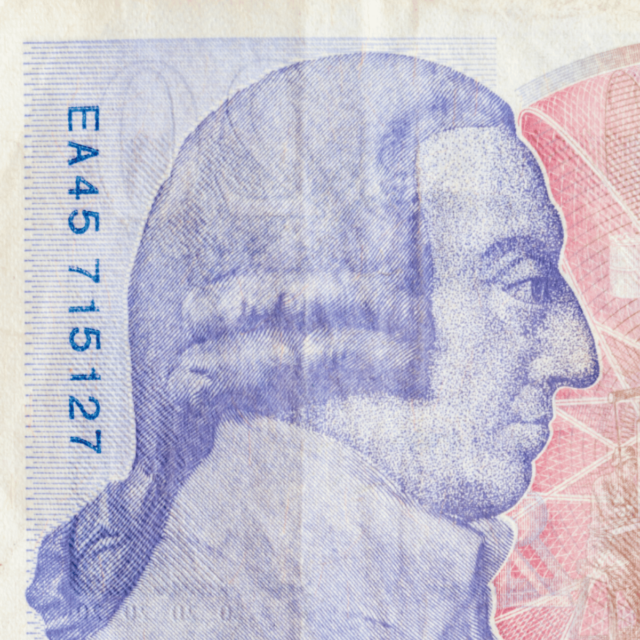Quantity theory of money redux? Will inflation be the legacy of quantitative easing?
 Pub. Date
Pub. Date
 Pub. Type
Pub. Type
Since the onset of the Federal Reserve’s unconventional programme of large-scale asset purchases, known as quantitative easing (QE), some economists and financial practitioners have feared that the consequent buildup of the Fed’s balance sheet could lead to a large expansion of the money supply, and that such an increase could cause a sharp rise in inflation. So far fears about induced inflation have not been validated. This article examines the basis for the original concerns about inflation in terms of the classic quantity theory of money, which holds that inflation occurs when the money supply expands more rapidly than warranted by increases in real production. The article first reviews the US experience and shows that whereas rapid money growth might have been a plausible explanation of inflation in the 1960s through the early 1980s, subsequent data have not supported such an explanation. It then shows that the quantity theory of money has not really been put to the test after the Great Recession, because a sharp increase in banks’ excess reserves and corresponding sharp decline in the ‘money multiplier’ has meant that the rise in the Federal Reserve’s balance sheet has not translated into increased money available to the public in the usual fashion. The most likely aftermath of quantitative easing remains one of benign price behaviour. However, if nascent inflationary conditions materialise, the Federal Reserve will need to manage adroitly the large amounts of banks’ excess reserves that have accumulated as a consequence of QE in order to limit inflationary pressures.



















